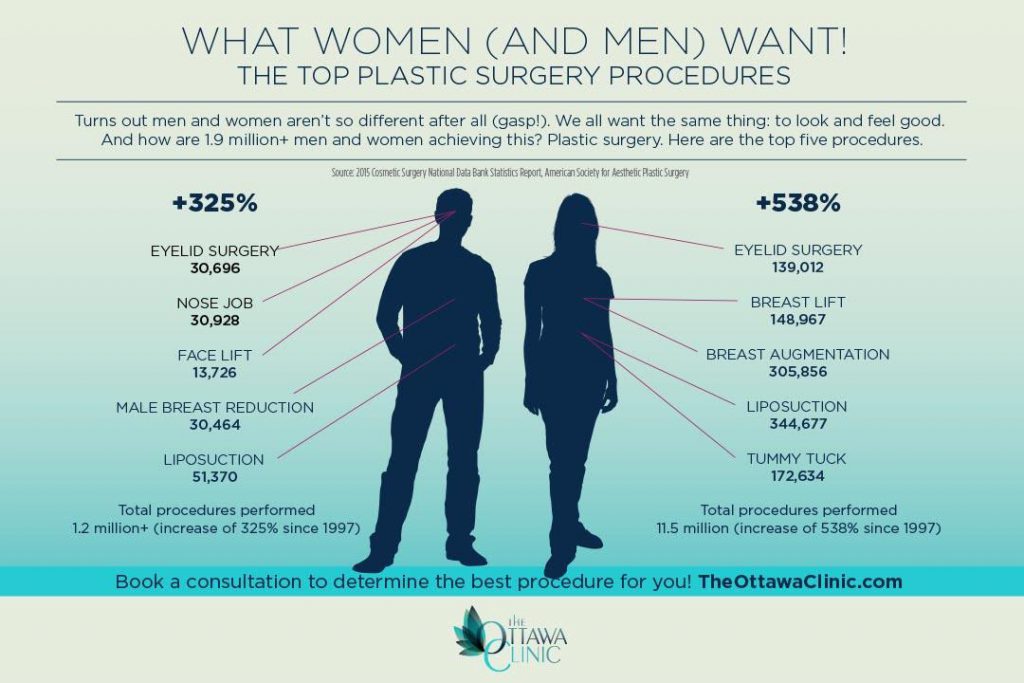Sources of Acne on Cheeks
Acne breakouts in the cheek location are triggered by many points, from touching your face frequently to not transforming your pillow case commonly sufficient. Picking at acnes boosts your risk of infection and scarring, and specific drugs can aggravate dark places (postinflammatory hyperpigmentation).
Thankfully, there are many means to avoid and deal with cheek acne. These include:
1. Hormone Modifications
Acne is mostly brought on by hormonal agents, especially those generated during the age of puberty and maternity. For some, a family history of acne may also add to their condition. Anything that obstructs pores, such as oil-based skin care products or ceraceous hair items, can set off acne. Various topical therapies, like benzoyl peroxide and salicylic acid, can combat bacteria and unclog pores. Those with severe or persistent acne should look for therapy from their physician.
Avoid touching or pressing your acne, as this can push several of the microorganisms deeper right into the skin, resulting in a more severe outbreak. It is also vital to alter pillowcases routinely and utilize tidy makeup brushes. You should additionally attempt to prevent irritants such as friction from using a headgear or tight collar.
2. Diet regimen
The greasy, sweet foods that many people assume trigger acne might actually refrain so. Actually, research studies have shown that consuming a diet plan rich in entire, nutrient-dense foods helps to avoid breakouts.
Foods high in the glycemic index (such as white bread, corn flakes, blew rice and potatoes, doughnuts and various other pastries) increase blood sugar level levels swiftly, and this can raise hormones that enhance oil production and result in acne.
Consuming alcohol cow's milk has actually likewise been connected to raised acne outbreaks. If you are a normal cow's milk enthusiast, you might wish to attempt switching to low-fat or nondairy choices that are strengthened with calcium. In addition, drinking even more water can aid to minimize acne due to the fact that it helps to keep the skin hydrated.
3. Excess Oil
While oil is necessary for healthy and balanced skin, it can become a problem when excessive sebum combines with dead skin cells and blocks pores. This combination can produce blackheads, whiteheads and pimples. The blocked pore wall surface can break down and spill germs, dead skin cells and sebum right into surrounding skin. This causes a red bump referred to as a pimple. Often these red bumps have pus in the center from a microbial infection. Bigger infected bumps that resemble acne are called cysts.
There are many points that can create excess sebum and clogged pores, including hormone fluctuations, diet and everyday routines. Some instances include touching the face often, resting your hand on your cheek, utilizing filthy makeup brushes and not altering pillowcases frequently.
4. Anxiety
If you're taking care of throbbing pimples or a slew of blackheads and whiteheads, it might be time to talk with a skin doctor. They can suggest an effective therapy that suits your skin kind. Practicing relaxation and stress-reduction methods additionally assists.
Acne can take place in the cheeks due to friction and stress, such as when an individual touches their face often or wears a hat or sports helmet that scrubs against the skin. It can additionally show up where greasy cosmetics and lotions massage versus the skin.
Prevent squeezing acne, as this can press contaminated product deeper into the skin what is botox and lead to scarring. Rather, see a medical professional to discover preventative treatments like medicine, skin treatment products and lifestyle adjustments. Eating a healthy diet plan of entire foods, getting 7 to 9 hours of rest and utilizing noncomedogenic make-up and skin care items can all help reduce acne outbreaks.
5. Hair Products
Hair products are not generally taken a root cause of breakouts, but they can add to acne on the cheeks in some people. Pomade acne, which is identified by small shut comedones and papulopustules, is frequently caused by making use of oily hair items that contain comedogenic active ingredients such as specific oils and acetylated lanolin.
Picking hair products that do not contain these possibly comedogenic ingredients is an important action towards reducing breakouts. Additionally, making sure that hair items aren't being available in contact with the skin can help prevent breakouts. For example, putting on a scarf or bonnet at night can restrict hair-to-face get in touch with and reduce the likelihood that leave-in hair items will rub off onto the face.
Along with utilizing a non-comedogenic cream and washing with an acne face laundry, various other useful approaches include:

Comments on “The Impact Of Sleep On Acne”